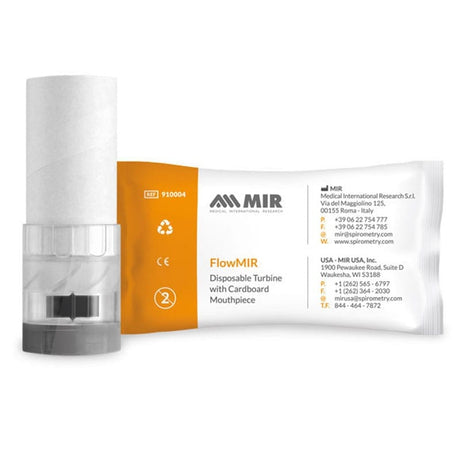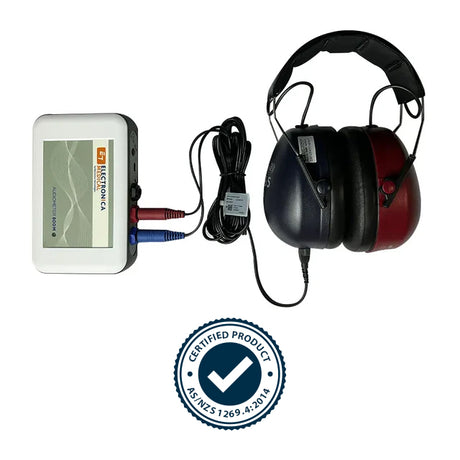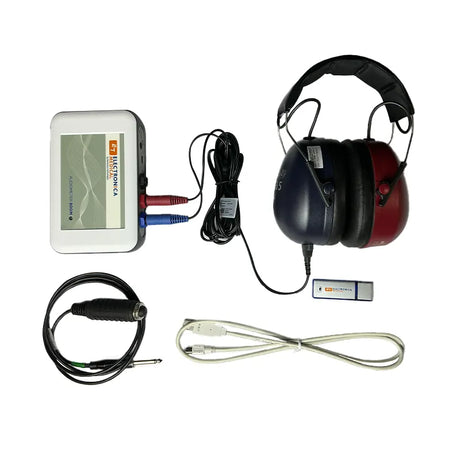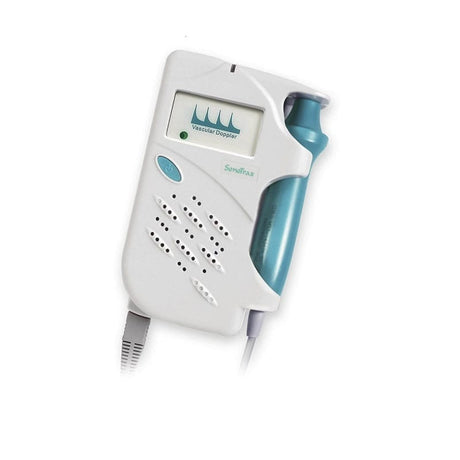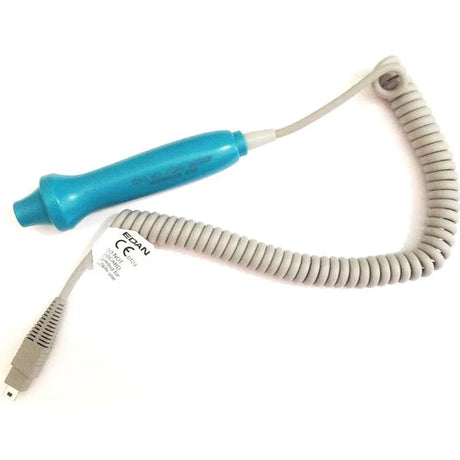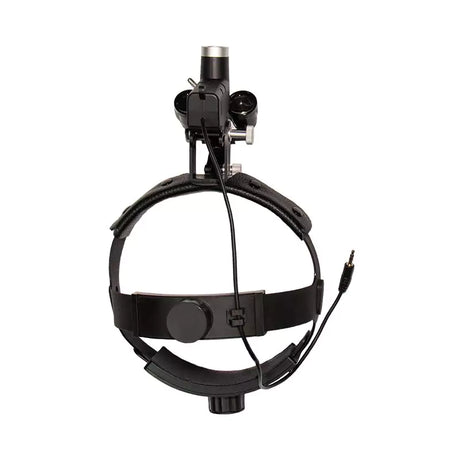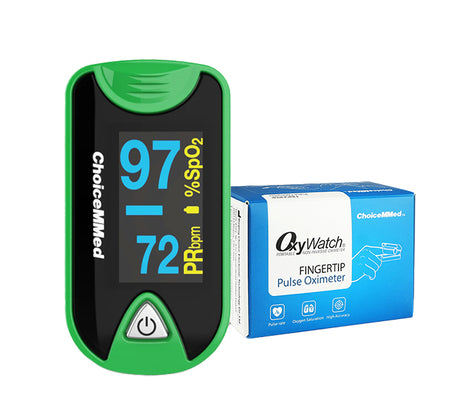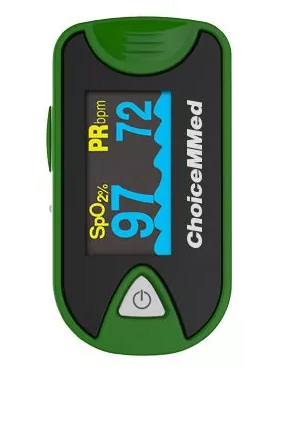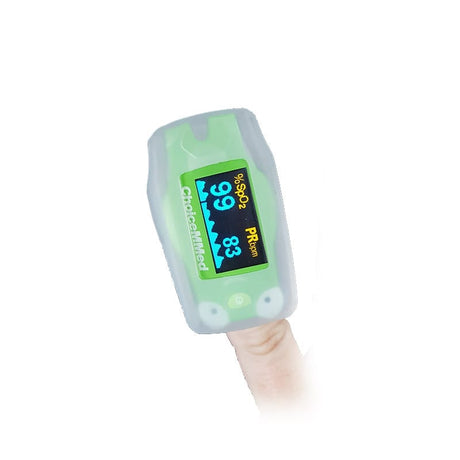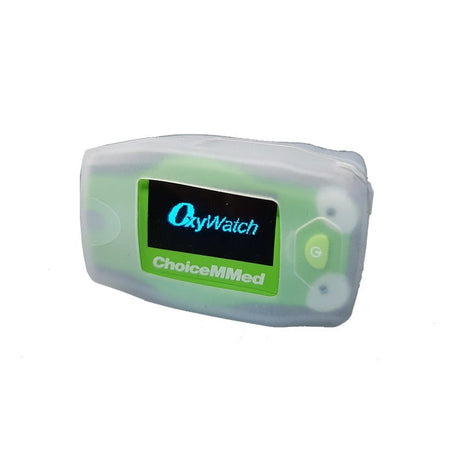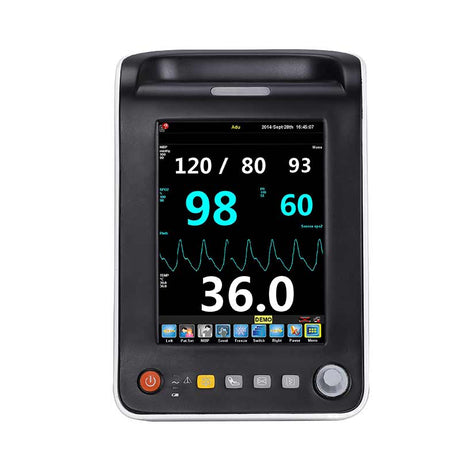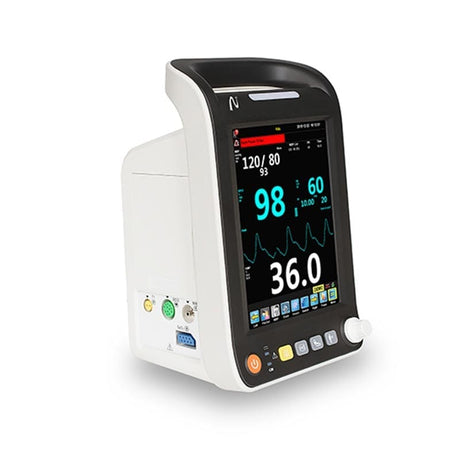In an effort to strengthen healthcare services across the nation, the Australian government has announced the Strengthening Medicare General Practice (GP) Grants Program. This initiative involves an investment of $220 million over two years (2022-23 to 2023-24), targeted towards bolstering the capabilities and reach of general practices and eligible Aboriginal Community Controlled Health Organisations (ACCHOs).
The primary aim of the Strengthening Medicare GP Grants Program is to enhance patient access to healthcare by financially aiding the growth and development of these practices. The funds are intended to facilitate the creation of a safer, more accessible environment that delivers quality primary care to a broader community.
This government-backed initiative promises to bring substantial improvements to the delivery of primary healthcare services in Australia, directly benefiting both healthcare providers and the communities they serve.
Who is Eligible?
Two types of healthcare providers are eligible for the Strengthening Medicare grants:
- General Practices: As defined by the Royal Australian College of General Practitioners (RACGP).
- Aboriginal Community Controlled Health Organisations (ACCHOs): Eligible ACCHOs must provide general practice services but cannot be owned or operated by a state, territory, or local government agency or body.
When the GP Grants Program Began and How to Participate
The program was officially announced by the Minister for Health and Aged Care on 20th April 2023 and opened for participation from 21st April 2023.
For organisations interested in participating, the next step involves completing the received grant agreement form. Once filled out, general practices should return the form to their PHN, while ACCHOs should send theirs back to NACCHO. The deadline for returning the completed grant agreement form is set for 15th June 2023.
What Can Your Grant be Used for?
The aim of these grants is to fuel investment in innovation, training, equipment, and minor capital works, with the flexibility to cater to individual needs in eligible practices. They can be used for three primary purposes:
- Enhancing digital health capability: This investment stream aims to fast-track the benefits of a more connected healthcare system. By investing in digital health, general practices and ACCHOs can better prepare to meet future standards, making healthcare more streamlined.
- Infection prevention and control arrangements: Funding can be used to implement safety measures such as space reconfiguration for patient assessments and isolation of potentially infectious respiratory diseases like COVID-19 or influenza.
- Maintaining or achieving RACGP accreditation: This stream targets the promotion of quality and safety in general practice by maintaining or achieving accreditation against the Royal Australian College of General Practitioners (RACGP) Standards for General Practice (5th Edition) under the General Practice Accreditation Scheme.
How Much Funding is Available Through the Strengthening Medicare Program?
The Strengthening Medicare General Practice (GP) Grants Program has a budget of $220 million. Each participating entity stands to receive a one-off grant ranging between $25,000 and $50,000.
How Much Will Each Participant Get?
The amount allocated to each participant under the Strengthening Medicare General Practice (GP) Grants Program is determined based on two key factors:
- Accreditation Status: The accreditation status of the practice or ACHO against the Royal Australian College of General Practitioners (RACGP) Standards for General Practices plays a significant role in determining the grant amount.
- Practice Size: The size of the practice is also taken into consideration. This is determined by the Department of Health and Aged Care's Medicare General Practitioner Full-Time Equivalent (GPFTE) data for the 2021-22 financial year.
It’s important to note that the Medicare GPFTE is a statistical methodology used to estimate the total time that General Practitioners (GPs) spend delivering primary care services. It’s not merely the standard hours worked by employed GPs in the general practice, nor is it a headcount of GPs. Instead, the method calculates a GP's primary care workload based on Medicare Benefits Schedule items claimed within a GP's scope of practice. For each GP, this measure provides an estimate of the billable time, non-billable time, and non-clinical time. The resulting data is then used to determine the size of the practice for the purpose of grant allocation.



